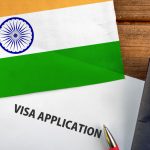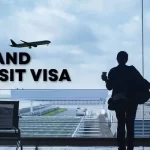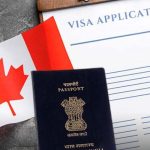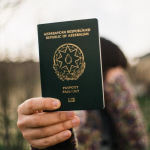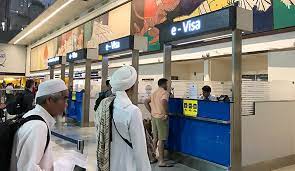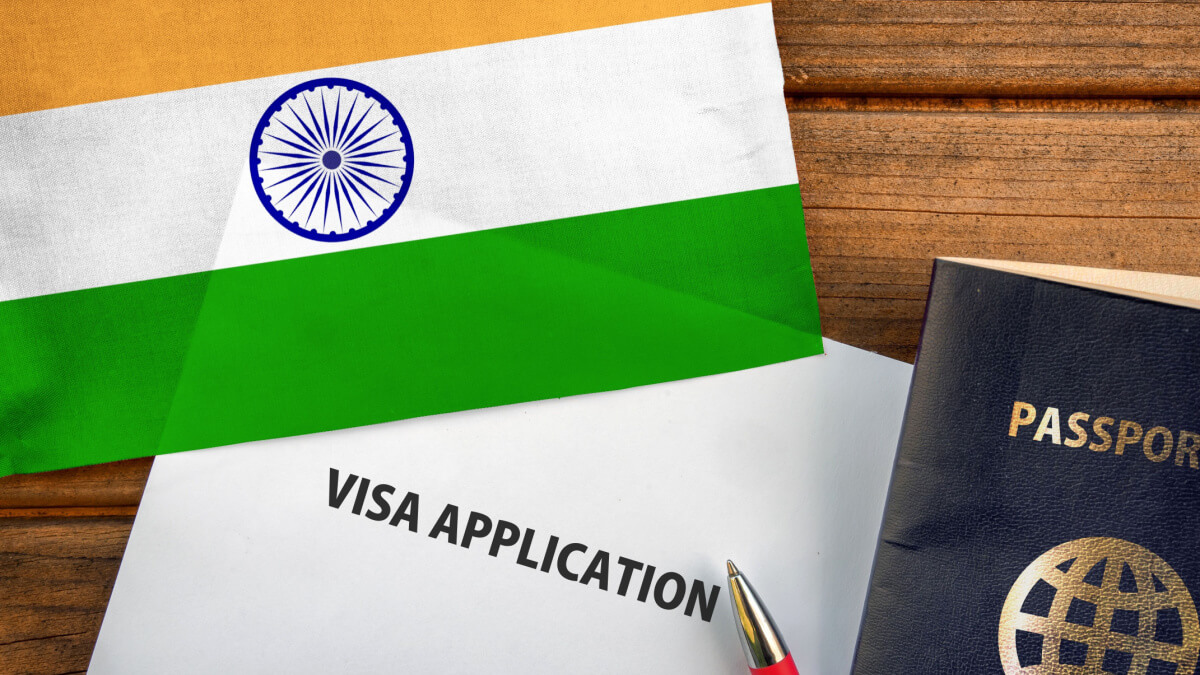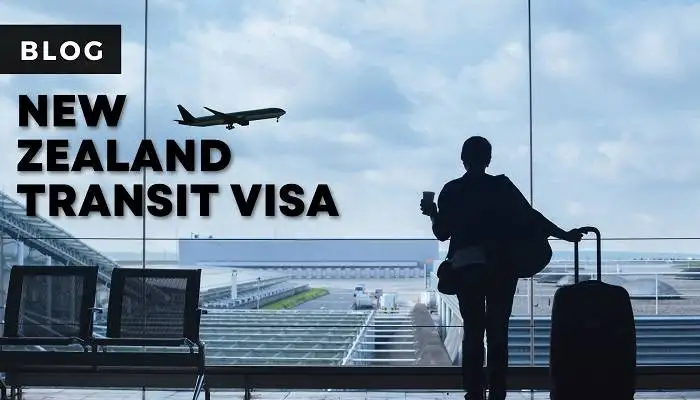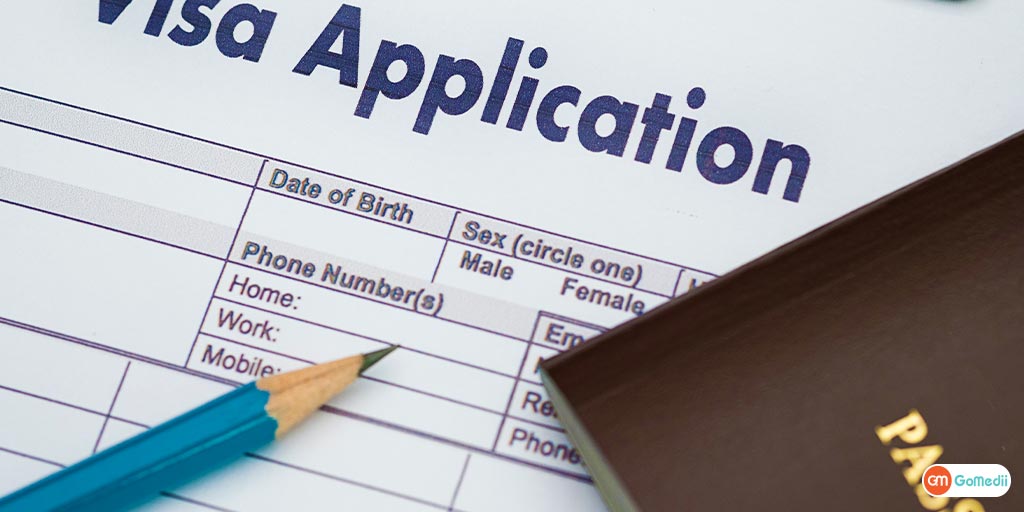Whether you’re a seasoned traveler or a first-timer, navigating Indian eVisa airport and seaports can be an overwhelming experience. From the paperwork to the queues, it’s no secret that getting through immigration can be quite intimidating. But fear not, as we’ve got you covered with some tips and tricks to make your entry into India as smooth and hassle-free as possible! In this blog post, we’ll walk you through everything from filling out your visa application correctly to making sure you have all the necessary documents in hand. So sit back, relax and get ready to breeze through those checkpoints like a pro! Indian eVisa Airport and Seaports for Entry
What is an eVisa?
An eVisa is a visa that allows foreign nationals to travel to India for tourism or business purposes. There are several different types of eVisas, including a Tourism eVisa, which is the most common and permits travel for visits of up to 60 days within a 180 day period. A Business eVisa permits travel for business purposes and can be used for longer periods of time, up to stay for 180 days in a 6-month period.
To obtain an Indian eVisa, applicants must first apply online through the Ministry of Home Affairs website. After submitting an application, applicants will receive an approval letter stating the dates they are eligible to apply for a visa. Applicants must also provide valid passport information, proof of hotel reservations, and other documentation as required by the visa office. Once all requirements have been met, applicants may visit an Indian consulate or embassy to pick up their visa application form and other necessary documents.
When traveling to India with an eVisa, visitors must adhere to all applicable Indian laws and regulations. These laws and regulations can vary depending on the type of visa you are using, so it is important to research each specific requirement before traveling. For example, while on vacation in India with a Tourism eVisa, visitors must obey local customs and avoid any activities that could lead to criminal charges. When traveling for business purposes with a Business eVisa, however, visitors are allowed to engage in commercial activities without fear of prosecution
How to Apply for an Indian eVisa
If you’re traveling to India, whether for business or pleasure, you’ll need an Indian eVisa. Here’s how to apply for one. Indian eVisa ports allowed for exit
Indian eVisas are available on a first-come, first-served basis and can be obtained through a travel agency, online, or at the airport or seaport of your choice. If you’re traveling as part of a group (10 or more people), make sure to book your visas together as this will save you time in line.
To get ready for your trip, familiarize yourself with the different types of visas and their requirements. Indian eVisas are available only to citizens of India, Pakistan, Nepal, and Bangladesh. Be sure to bring your passport photo with you when applying for the visa; if it doesn’t have a photo already attached, you will need to take one at the visa application center.
Once you’ve gathered all of the necessary information and documents, head to the visa application center where you will be required to fill out an application form and provide photocopies of all supporting documents. You’ll also need to pay the applicable fee in cash or debit card. Finally, ensure that your passport is valid for six months after your projected departure from India and carry a copy of your visa with you at all times while in India.
If everything goes according to plan, return home with a new piece of travel gear – an Indian eVisa!
Indian eVisa Requirements
If you are planning to visit India, you will need an eVisa. An eVisa is a visa that allows specific individuals, groups, or countries to enter India for a specific purpose. There are different types of eVisas, and each has its own requirements.
To obtain an Indian eVisa, you must first apply online. You will need to provide your name, date of birth, passport number, and visa type (business, tourism, student). You will also need to upload a copy of your passport photo page and pay the application fee.
Once you have applied online, the next step is to visit an Indian embassy or consulate abroad. You will need to provide your passport information again as well as any other relevant documentation such as proof of travel insurance. If you are applying for a tourist visa only, you may also be required to present a hotel reservation confirmation or proof of onward travel.
If your visa is approved, you will be notified and sent the eVisa application form. The form needs to be filled out completely and accurately including your passport photo page. Make copies of all forms before returning them to the embassy or consulate.
Once the forms are returned to the embassy or consulate, you will receive your visas in the mail. Make sure you get all your documents in order before leaving for India – if there are any errors on your visa application forms they may not be accepted at customs when entering India!
How to Travel with an Indian eVisa
If you’re traveling to India, you’ll likely need an Indian eVisa. Here’s how to navigate Indian eVisa airport and seaports for entry:
Airport: The easiest way to get your Indian eVisa is at the airport before you travel. You can apply online or at a visa counter. However, some airports have limited availability, so it’s important to check in advance.
Seaports: If you’re arriving by boat, your best bet is the port of entry. Most ports have a Visa on Arrival office that can process your visa application. However, some seaports are now accepting applications online. You’ll need to bring your passport (with valid visas if required), a photocopy of both pages, and two photos that meet visa requirements.
Applying for an Indian eVisa at a Seaport
If you’re traveling to India, you’ll likely need an Indian eVisa. But what is an Indian eVisa, and how do you apply for one?
An Indian eVisa is a visa that allows visitors to enter India. You can apply for an Indian eVisa at a seaport or airport. The application process varies depending on the seaport or airport you choose to apply at. In general, however, the application process involves filling out a form and visiting a visa office
Some tips for applying for an Indian eVisa:
1. Make sure you have all of the necessary documents ready before you visit the visa office. This includes your passport photo, visa application form, copies of your travel itinerary and identification documents.
2. Check the validity period of your visa ahead of time. Most visas have a validity period of six months, but some have shorter validity periods (such as three days). Make sure you know how long your stay will be so that you don’t exceed the validity period of your visa.
3. Try to arrive in India early in your trip so that you can find a convenient time to apply for your Indian eVisa at a seaport or airport. The earlier you apply, the easier it will be to get approved for your visa.
Applying for an Indian eVisa at an Airport
If you are an international traveler who plans to travel to India for vacation or business, you may be wondering if you need a visa. In fact, according to the India Tourism Association (ITA), as of September 2016, over 50 countries require Indian citizens to obtain a visa prior to travel. Even if you don’t need a visa, it is still important to find out how and where to apply for one.
There are several ways to apply for an Indian eVisa at an airport or seaport:
1.Apply online through the Indian Ministry of External Affairs’ website.
2.Visit an embassy or consulate in your home country and apply in person.
3.Apply through a travel agent or hotel.
4.Approach the airline counter directly before boarding your flight/ship and ask about applying for an Indian eVisa on board.
5.Check with your Indian guide/tour company before arriving in India to ensure they can assist you with obtaining a visa in advance of your trip.
6.”When in Rome…” Apply for a visa at any Indian Embassy/Consulate worldwide! If travelling outside of India, make sure that you check the validity of your passport (at least six months beyond your intended stay) and carry appropriate documentation should you need it for entry into any other country during your trip – even if you are not stoppingover in India en route!
Travelling With an Indian eVisa
If you’re travelling to India with an Indian eVisa, make sure you know the basics before you arrive. Here are some tips on how to navigate Indian airports and seaports for entry:
1. Verify your visa status online prior to departure. Many airlines now allow passengers to check their visa status online before boarding.
2. Bring a printout of your visa confirmation page as well as any other required documents (such as a passport photo) with you to the airport or seaport.
3. If travelling through an international airport, be sure to have all your tickets ready and fill out any required customs forms beforehand.
4. Allow plenty of time for passport control and immigration clearance at the airport or seaport – expect delays during busy travel periods!
If you’ve been travelling around India and have encountered any troubles getting your visa or entry into India, don’t hesitate to reach out for help! Your local embassy or consulate in India is likely able to provide more comprehensive assistance.
Conclusion
If you’re heading to India for a vacation or business trip, it’s important to be familiar with the immigration procedures and know what to expect at the airport and seaports. In this article, we’ll outline some of the key things you will need to know in order to avoid any hassles when traveling to India. We also provide tips on how best to prepare for your arrival so that all goes smoothly and without any hitches. As always, if you have any questions or concerns about your travels, don’t hesitate to reach out for help.




















